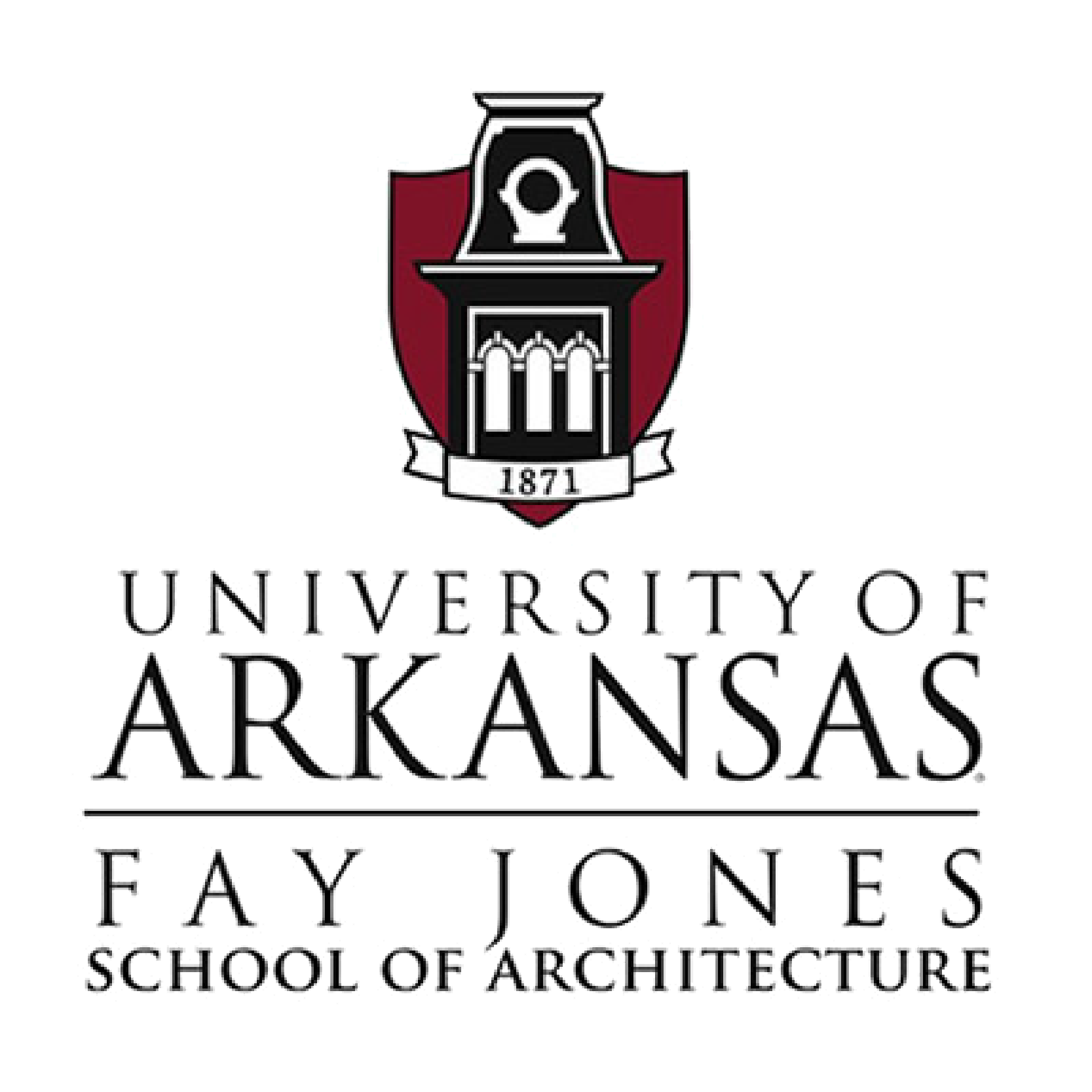If Walls Could Talk:
the Story of the Hicks Property
Rush Historic District
Buffalo National River, Arkansas
Principal Investigator
Kimball Erdman
Associate Professor
Department of Landscape Architecture
Fay Jones School of Architecture + Design
(479) 575-5617
Project made possible by a Cooperative Ecosystem Studies Units grant, National Park Service, United States Department of Interior, for the Buffalo National River.
A stone retaining wall emerges from the forest in a prominent bend of the access road to Rush Landing, a popular destination for paddlers on the Buffalo River in north‐central Arkansas. Even as a ruin, the wall lends an air of prominence to an otherwise forgotten landscape. Stairs beckon from the dense undergrowth, inviting imagination and mystery. What was this place? What happened here? What stories does this site have to tell?
The primary objective of this project was public education through online interpretation of the Hicks site. Secondary objectives included preservation of the site through documentation and heightened awareness, and education in preservation topics for the students engaged in the project; as part of this project, an in‐depth Historic American Landscape Survey (HALS) documentation was created. The survey consists of a detailed report, photographs, and measured drawings of existing site conditions that established the groundwork for the second product and which, once processed, will be publicly available through the Library of Congress.
Additionally, the ESRI Story Map If Walls Could Talk: The Story of the Hicks Property was created, featuring a detailed narrative that introduces online visitors to the site and walks them through the establishment and decline of the Hicks family and surrounding community. The Story Map is extensively illustrated with historic and contemporary photographs, newspaper clippings, maps, oral histories, and historic records, but the highlight is a digital reconstruction that affords visitors a glimpse of what the Hicks property may have looked like in its heyday.
Location and Background
The ten‐acre Hicks property is located at the center of the Rush Historic District, Arkansas, a ghost town nestled in a narrow Ozark mountain valley along the Buffalo River. Today’s visitors pass the site’s fieldstone retaining wall en route to Rush Landing, a popular river access point. Some stop and scramble through the young forest that has reclaimed the site to explore the partial stone walls of the former store and discover the low concrete‐and‐pebble curbs of the flower beds, but due to its decrepit state and the lack of interpretive features, few are able to grasp the site’s former character or comprehend its history.
Booms and busts in the zinc market during the late 1800s and early 1900s quickly built and ultimately decimated Rush, a mining community with a population that peaked around 3,000 during World War I. The Hicks family settled in Rush in 1903 and quickly became ingrained as prominent members of the community, establishing a livery service, a hotel, and a general mercantile. In 1916 they built a two story store/inn, the only stone building in the valley. Other site improvements, such as a 240‐foot long fieldstone retaining wall fronting the property, geometric pebble‐and‐concrete‐lined flower beds arranged on a front lawn, and a brick‐paved front walk reinforced the family’s persona of prosperity and permanence in a transient community.
By the late 1920s, however, financial troubles stemming from the departure of most of the mining outfits forced the Hicks businesses to close. Several members of the Hicks family remained in Rush through the Depression, along with other persistent free‐ore miners and homesteaders, but by the early 1940s the last members of the family had either died or left.
By the 1950s Rush was being promoted by the county as a ghost town to promote tourism, and during this decade the former Hicks hotel was destroyed by fire and the vacant two‐story stone store was significantly modified and converted to serve briefly as a single‐story residence. Following the establishment of the Buffalo National River in 1972 and the incorporation of Rush a short time later, the Hicks site continued to deteriorate to its current unintelligible state.
Research Credits:
Angie Payne
3D Scanning and Visualization Specialist
Center for Advanced Spatial Technologies
(479) 575-4277
Brian Culpepper
GIS Research Associate
Center for Advanced Spatial Technologies
(479) 575-4277
Jordan Pitts
Student Research Assistant
Department of Landscape Architecture
Addison Warren
Student Research Assistant
Department of Landscape Architecture
Nathan Adams, Morganne Bryner, Dalton Carlson, Benjamin Magee, Jordan Pitts, Addison Warren (students enrolled in the Spring 2016 semester of LARC 5053 Historic Landscape Preservation)






